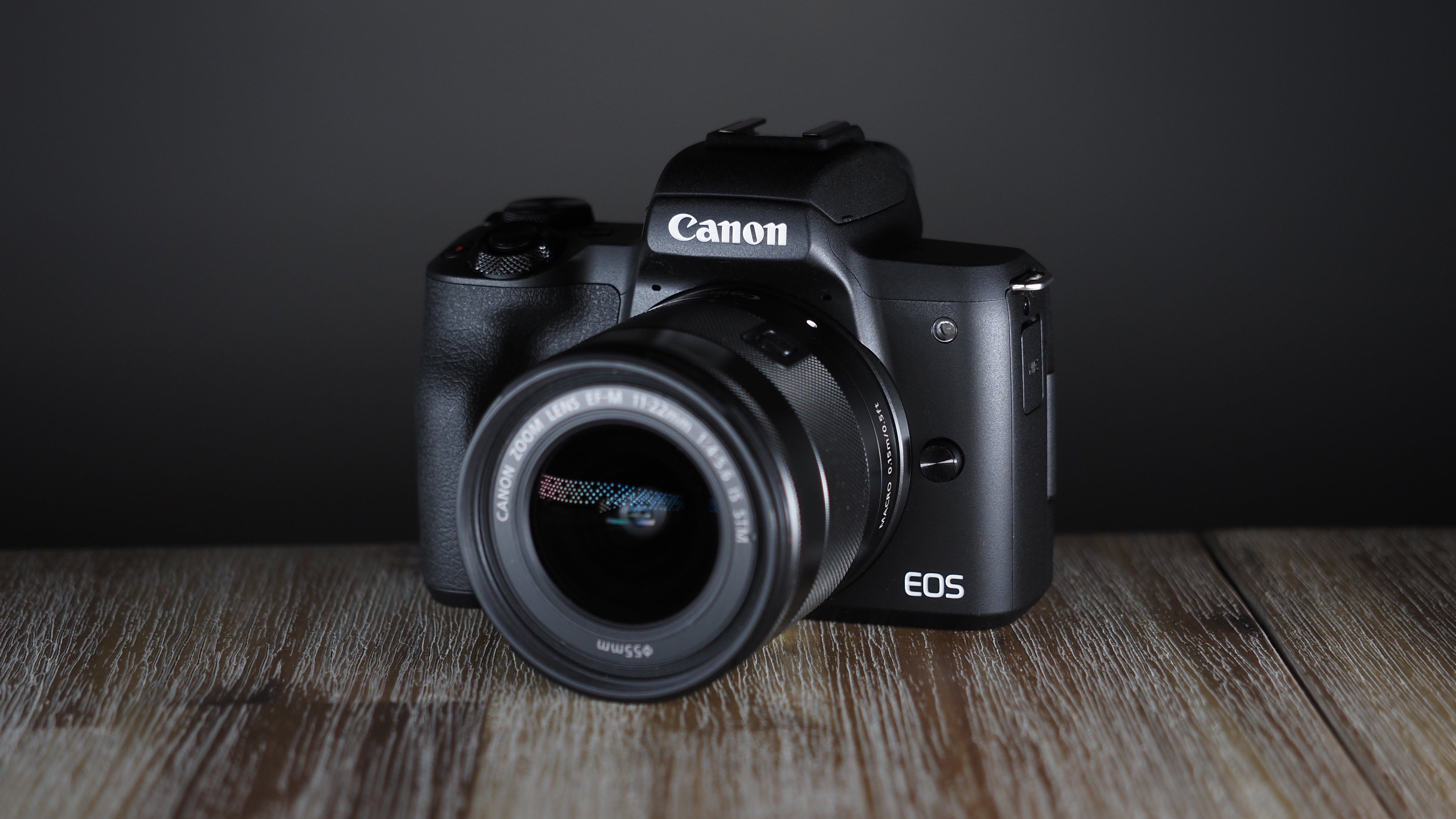Is a "dead" camera still worth buying? Let's talk the Canon EOS M50 Mark II
Discontinued, yes. But dead? Maybe we shouldn't bury the Canon EOS M50 Mark II just yet

The Canon EOS M50 Mark II was a perennial favorite for vlogging, content creation, everyday and travel photography. However, after five years of surface (between it and the Mark I), the camera along with the entire EOS M system was discontinued last year.
More than that, the Canon EOS M50 Mark II was outright replaced by the Canon EOS R50 – a more advanced camera, using the more advanced Canon RF lenses that will be the backbone of the company for the next few decades.
Which means the M50 is only fit for the trash heap, right? Wrong, says I.
Let's get the big one out of the way first: yes, EOS M is a lame duck system. Okay, it's a dead system. Which means that there will never be any new lenses released for it. That's all she wrote, case closed… on paper.
The thing is, I don't think it really needs any new lenses, because the EF-M ecosystem is already pretty well populated. And since it can easily adapt EF and EF-S lenses from DSLRs, you have access to literally hundreds of other optics – giving you the ability to use almost any glass you need.
Now, it's clear that the best Canon RF lenses are cutting-edge. In fact, its best lenses are the best on any system, for my money. Here's the thing, though: the RF lens mount is physically much bigger than the EF-M mount. Which means that even the most compact RF optics are never going to be as small and light as the best Canon EF-M lenses for the EOS M system.
This is a massive win for the Canon EOS M50 Mark II, whose primary selling point is its tiny size. Yes the Canon EOS R50 is technically a better camera – newer sensor, more advanced AF, uncropped 4K… but it's not a better camera if your main focus is having the smallest and lightest setup possible. Especially since there are still only a limited number of comparable RF-S lenses designed for it.
The best camera deals, reviews, product advice, and unmissable photography news, direct to your inbox!
Admittedly, customers looking for the most compact camera-and-lens combo to keep in their glovebox, sling pack or handbag is pretty niche. But it's the same audience that probably doesn't care that much about 4K video, more AF points or 0.1MP of extra resolution.
If that's you, you can make enormous savings by opting for the Canon EOS M50 Mark II – and a whole lot more, if you buy one used from somewhere like MPB or KEH. It's a camera that I still happily use – and even pick up in preference to the R50, precisely because it has a smaller footprint in my bag and it still takes great photos and video.
So, it's not a fashionable take, but yes – the Canon EOS M50 Mark II still has plenty going for it. Don't mistake "no new lenses" for "no more use". After all, people still buy old SLR cameras – and they haven't made new lenses for those in decades!
You might be interested in our Canon EOS R50 vs M50 Mark II head to head, as well as our round-up of the best travel cameras and best cameras for beginners.

James has 25 years experience as a journalist, serving as the head of Digital Camera World for 7 of them. He started working in the photography industry in 2014, product testing and shooting ad campaigns for Olympus, as well as clients like Aston Martin Racing, Elinchrom and L'Oréal. An Olympus / OM System, Canon and Hasselblad shooter, he has a wealth of knowledge on cameras of all makes – and he loves instant cameras, too.
